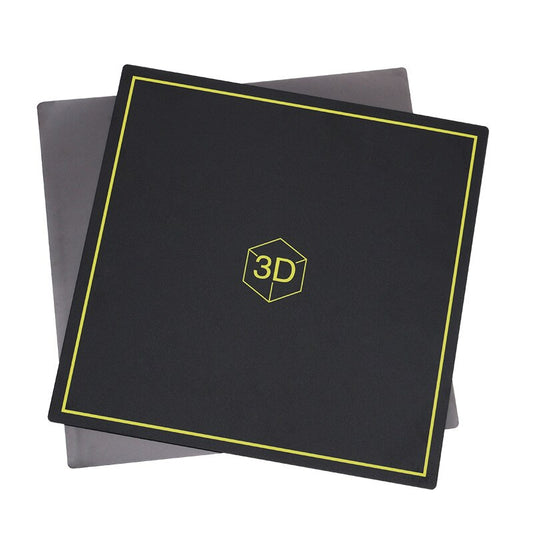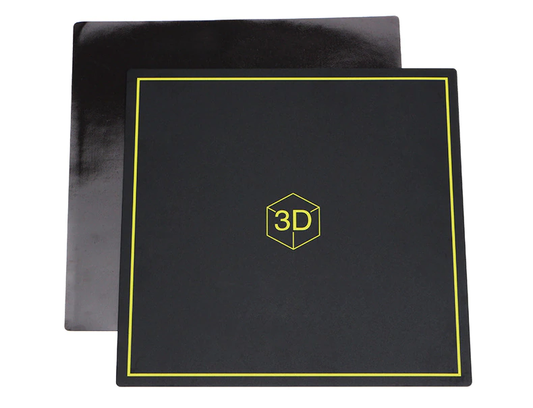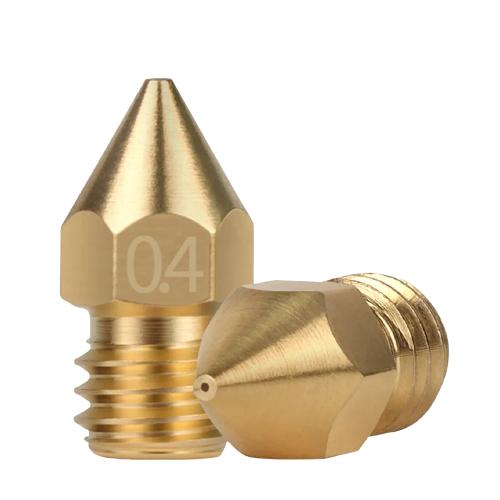3D Printing Philippines: Filaments, Tools, Nozzles & Accessories | Circuitrocks
3D Printing Supplies — Filaments, Tools, Nozzles, Adhesives & Maintenance
Keep your 3D printer running smoothly with our curated selection of 3D printing consumables—including filaments, nozzles, tools, cleaners, adhesives, and upgrades. Compatible with Bambu Lab, Creality, Ender, Anycubic, Prusa, and more.
Filaments • Tools • Nozzles • Adhesives • Upgrades • Maintenance
Why shop 3D printing supplies here
-
Reliable stock: core tools & accessories always available
-
Maker-friendly: curated for beginners, hobbyists & pros
-
PH support: print troubleshooting & material guidance
Popular uses
- 3D printer maintenance & upgrades
- Model finishing & sanding
- Better adhesion & improved surface finish
- FDM reliability tools (cleaners, scrapers, lubrication)
- Print tuning & calibration
3D printing categories
Filaments
-
PLA filament (easy, strong, low warp)
- ABS, PETG, TPU (flexible), specialty
Nozzles & Hotend Parts
-
Brass nozzles for standard prints
- Hardened & steel nozzles for abrasive filaments
- Hotend kits, heat breaks & fittings
Tools, Adhesives & Maintenance
- Scrapers, cutters & calibration tools
-
Adhesives for bed adhesion
- Cleaner kits & carbon rods
Tip: Keep a spare nozzle and PTFE tube—clogs and wear happen more often with daily printing.
3D printing chooser (quick guide)
| Need |
Best choice |
Notes |
| General printing |
PLA filament |
Beginner-friendly and ideal for models & prototypes. |
| High strength |
PETG or ABS
|
PETG is less warp-prone; ABS needs enclosure. |
| Flexible prints |
TPU |
Use slow speeds and direct-drive extruders. |
| High precision / smooth finish |
Brass nozzle + PLA |
Best for detail and low-temperature consistency. |
| Abrasive materials |
Hardened steel nozzle |
Handles carbon-fiber, glow-in-the-dark, wood, metal-filled. |
| Bed adhesion issues |
Glue stick or textured PEI |
Improves first layer success & reduces warping. |
Choose based on strength, flexibility, nozzle wear, and printer capability.
Starter bundles
-
3D Printer Starter Kit: PLA filament + tools + cleaner
-
Nozzle Kit Upgrade: brass + hardened nozzles set
-
Maintenance Pack: scraper + lubricant + cleaning needles
FAQ
Are these compatible with any 3D printer?
Yes—our filaments, tools, adhesives, and most hotend parts are compatible with common printers like Bambu, Ender, Creality, Anycubic, and Prusa.
Which filament is best for beginners?
PLA is the most beginner-friendly due to easy printing, low warping, and strong results.
How often should I replace my nozzle?
Replace every few hundred printing hours for PLA, or more frequently with abrasive filaments.
Do you ship nationwide?
Yes—fast PH shipping with same-day processing for in-stock items.

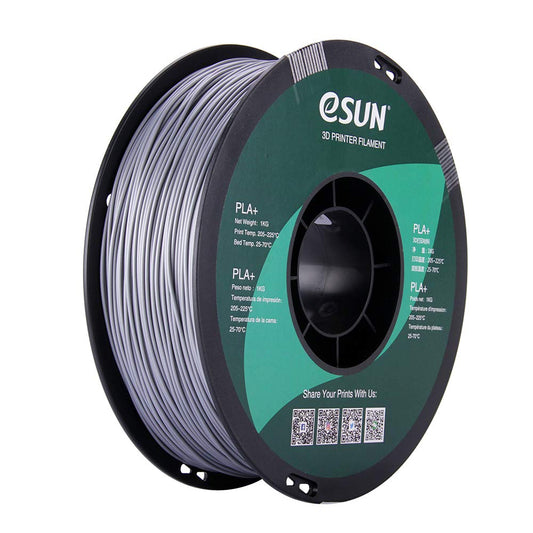
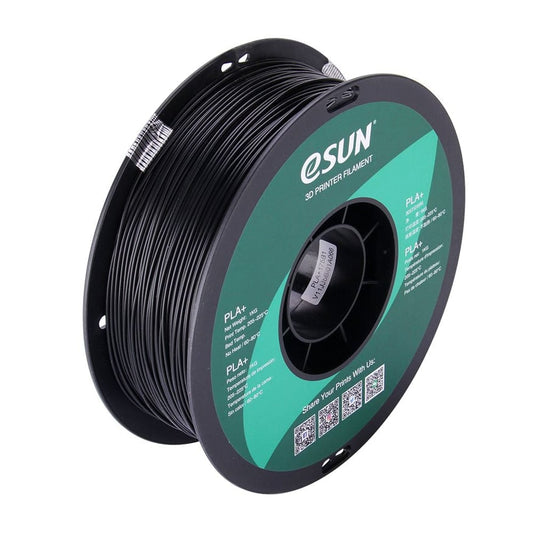
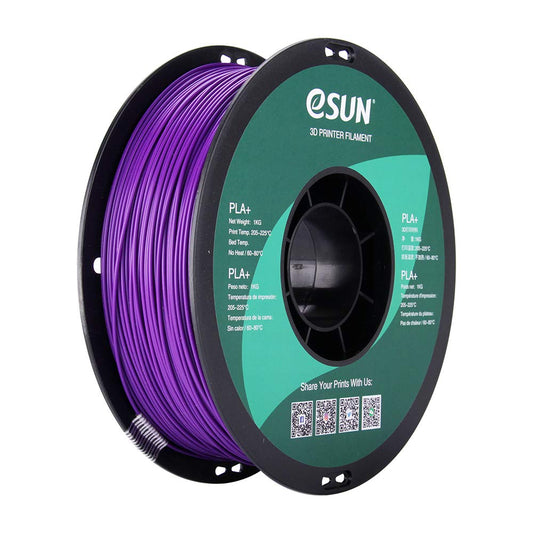
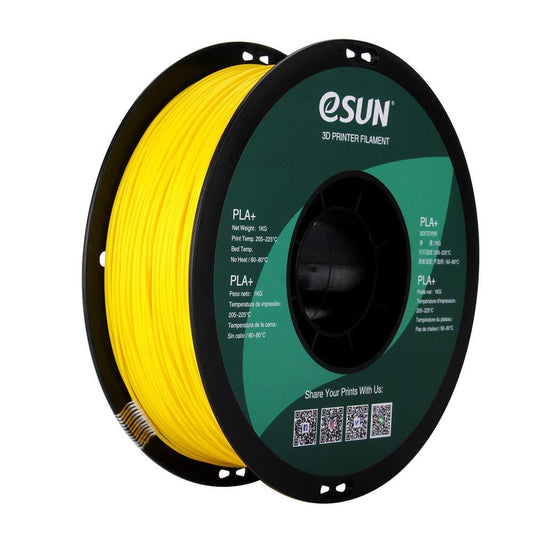

 Sold out
Sold out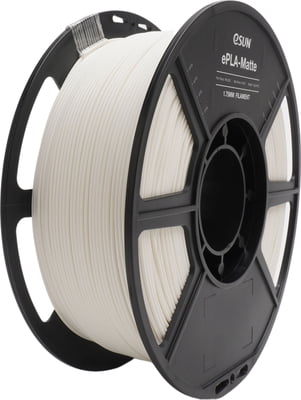

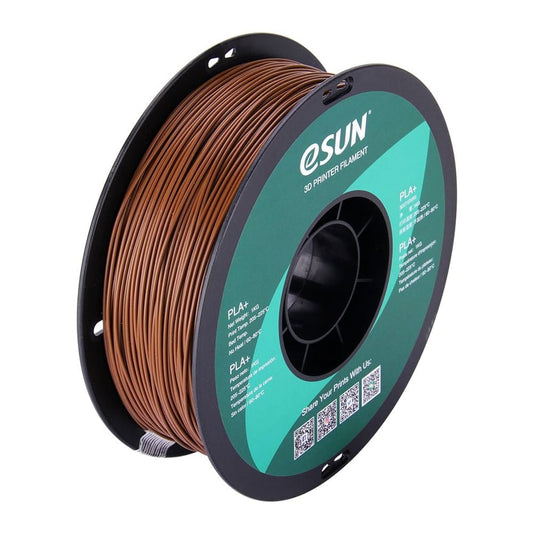
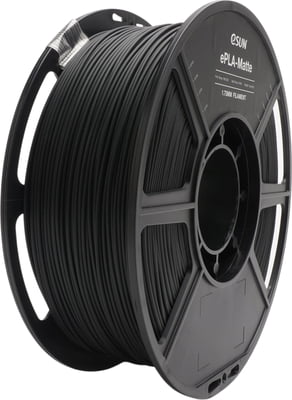
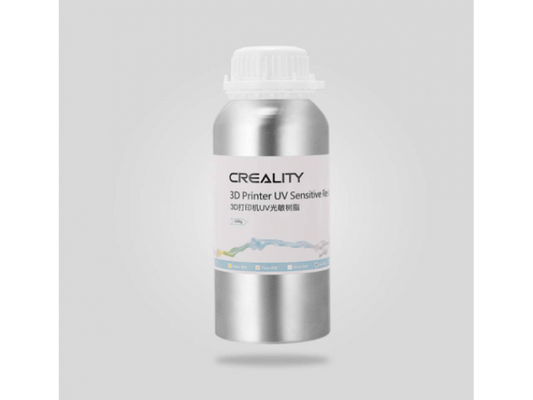 Sold out
Sold out